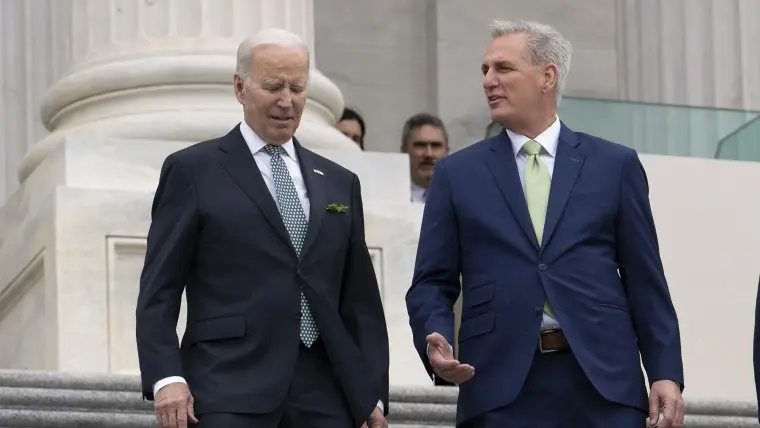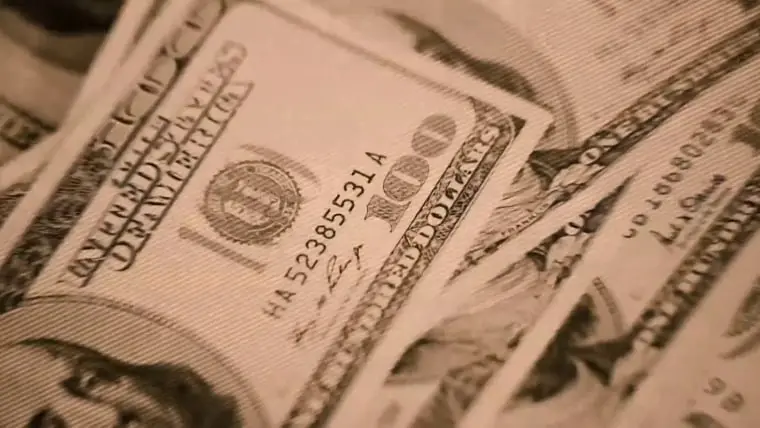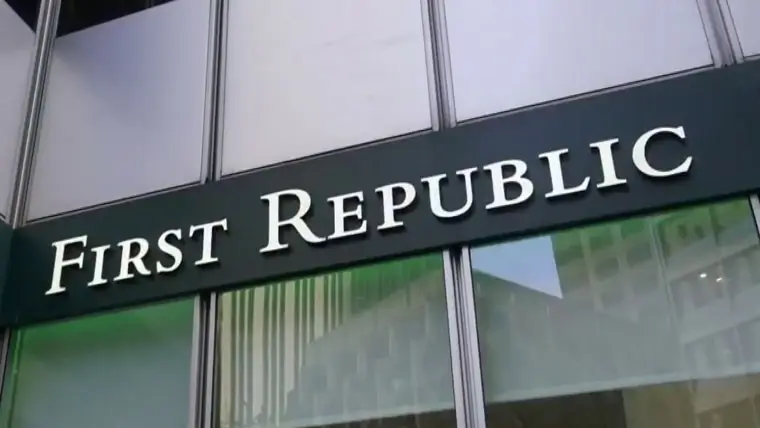
Debt limit default consequences for mortgages, credit cards and jobs
Congress and the White House barrel toward a June 1 deadline to resolve a debate over the debt ceiling, putting the credit and trust of the United States on the line.
Treasury Secretary Janet Yellen has said that failing to lift or suspend the debt ceiling would lead to “economic and financial catastrophe,” darkening a U.S. economic outlook already clouded by elevated inflation, high interest rates and unease in the banking industry.
The Congressional Budget Office and the Treasury Department projected May 3 that if the government doesn’t pay its bills for even a week, 500,000 Americans would lose their jobs as the economy contracts by 0.6%.
President Biden to meet with Republican leaders over debt ceiling
May 7, 202301:47What's the worst-case scenario?
A “protracted” default, lasting longer than three months, would trigger a Great Recession type of scenario in which as many as 8.3 million people could lose their jobs. In that situation, the stock market could fall by 45%, hurting the accounts of those saving for retirement.
Those still working would be squeezed by even higher interest rates. Mortgage rates, for example, might rise further after already spiking from about 3% in December 2021 to 6.4% this month.
Economists say those scenarios loom over a U.S. already at risk of recession. Deutsche Bank projects a recession to begin at the end of this year as a result of the Federal Reserve’s efforts to raise interest rates and deliberately slow an economy plagued by high inflation.
Despite unemployment sitting at a historic low of 3.4%, high inflation is outpacing wage gains. Americans have had to tap into their savings to make ends meet. Households saved a total of $1.6 trillion before the pandemic, but now sit on $1 trillion in savings.
Credit card rates, at almost 24%, according to LendingTree, loom over $986 billion in credit card balances, surpassing the pre-pandemic high by $59 billion.
In addition to high borrowing costs and concerns that the job market will reverse course soon, The Conference Board’s measure of consumer expectations is at levels “associated with a recession within the next year.”
U.S. economy adds 253,000 jobs in April
May 5, 202302:05'A major problem'
A debt ceiling debacle would only worsen that outlook, economists say.
“If you did ride over this cliff and the government were to technically default, that would be a major problem. It would cause a global crisis,” Deutsche Bank U.S. senior economist Brett Ryan said of a potential default.
The debt ceiling is a legal limit on how much debt the U.S. Treasury is allowed to issue. The government breached that limit on Jan. 19, after which it scrambled to find cash elsewhere to keep the lights on. The Treasury Department estimates it will exhaust those “extraordinary measures” as early as June 1 — a date that could change depending on difficult to predict factors like tax payments from last month’s filing deadline.
After June 1, the government would be at risk of defaulting — or missing payments on its debt.
“We’d be in uncharted territory, and the consequences to the U.S. economy would be highly uncertain and could be quite averse,” the nation’s top economic policymaker, Federal Reserve Chairman Jerome Powell, said May 4.
Failing to pay the bills would erode trust in U.S. government debt, seen up to date as largely “risk-free” due to the nation’s track record of paying its debts on time and in full. A default could lead to a dramatic decline in the value of U.S. government bills, notes and bonds (thus raising the “yield” that their coupons pay out as a percentage of their value).
How important is that yield?
Nearly every corner of the finance world relies on U.S. government yields as a benchmark. Investors at home and abroad closely watch yields when trading securities.
Mortgage lenders look at U.S. Treasuries when deciding what rates to charge you when buying a home. Third Way estimates that a default could add $130,000 to the cost of an average 30-year mortgage.
The U.S. may not even have to technically default to realize some of these effects. In 2011, credit ratings agency S&P downgraded the nation’s prized AAA rating because of the “political brinksmanship” of its debt ceiling deliberations. The downgrade, which was never reversed, raised government borrowing costs by an estimated $1.3 billion.
There are particular corners of the U.S. financial system at risk now, which would make any negative debt ceiling outcome particularly pronounced in 2023. Spiking government bond yields could worsen the picture for commercial real estate, where telework arrangements have squeezed landlords saddled with debt at rising interest rates.
How First Republic Bank became the third major bank to fail in 2023
May 1, 202304:48Banking worries add to the pressure
The failures of three top 30 U.S. banks in the past two months add to the risks. The collapse of First Republic Bank on May 1 revived concerns about the ability of regional banks to survive higher interest rates, a conundrum that could worsen if a debt limit standoff further pushes U.S. government yields higher, in turn further raising interest rates.
Moreover, economists worry that the political air may not be there to quickly respond to any acceleration of the banking system issues, if needed.
“Complicating any future debate over a government rescue is a threatened standoff over the debt ceiling,” wrote Wells Fargo Investment Institute strategists Gary Schlossberg and Jennifer Timmerman on April 25.
And so do the politics
Goldman Sachs Economics noted May 1 that the GOP is also factoring in the 2024 election into any debt ceiling strategy, as it “presents the best opportunity for congressional Republicans to wrest any policy concessions from the President.”
Although it is a mechanism to cap government borrowing, the debt ceiling does not cap spending. The federal budget process, separate from the debt ceiling, determines how much money the government spends — and where it is spent. Still, House Speaker Kevin McCarthy and President Joe Biden continue to be at odds over how to tie the two together.
McCarthy is attempting to couple an increase on the borrowing limit with spending cuts, but Senate Democrats and the White House are standing resolute on a “clean” bill that would raise the debt ceiling — while leaving debates on spending to the separate, annual budget process.
Despite the impasse, history is on the side of resolution. Since 1960, Congress has moved 78 separate times to raise or extend the debt limit.
Deutsche Bank’s Brett Ryan said he expects Congress to pass a short-term extension that would punt the debt ceiling debate to the end of September, when the economy may already be weak.









